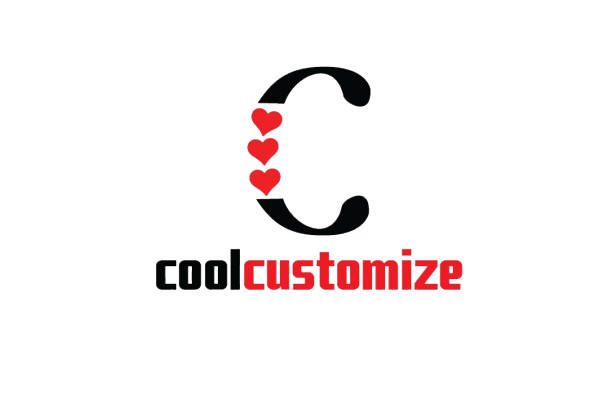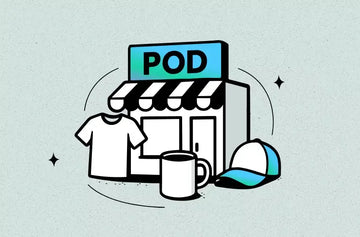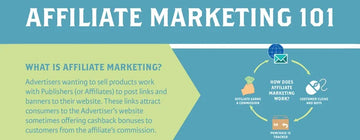The print-on-demand (POD) model has exploded in popularity, offering entrepreneurs a low-risk, scalable way to launch a custom product business without heavy upfront investments. Whether you’re dreaming of selling custom t-shirts, mugs, phone cases, or home décor, starting a POD business can be your gateway to e-commerce success. But like any business, it takes more than just uploading a design. Here’s your guide to the essentials of launching a POD business from scratch.
🛠️ 1. Understand the POD Business Model
Print-on-demand is a form of dropshipping. Instead of holding inventory, you partner with a supplier who prints your designs only after an order is placed and ships it directly to your customer.
Why POD is attractive:
- ✅ Low startup cost (no bulk inventory required)
- ✅ Wide product variety (apparel, accessories, décor, etc.)
- ✅ Easy to scale (expand designs and categories quickly)
- ✅ Location flexibility (run your business from anywhere)
🎨 2. Find Your Niche
The POD space is crowded, so standing out is all about targeting the right audience. Ask yourself:
- Who am I designing for? (e.g., pet lovers, gamers, patriotic fashion, fitness enthusiasts)
- What type of products fit their lifestyle? (tees, hoodies, mugs, tote bags, sneakers)
- What values or aesthetics connect with them? (minimalist, bold graphics, funny quotes, cultural pride)
💡 Tip: Check Google Trends and Pinterest Trends to spot growing topics you can align your designs with.
🖌️ 3. Create Unique, Market-Ready Designs
Your designs are your currency in POD. Focus on originality and quality.
- Use tools like Canva, Photoshop, or Illustrator to create high-resolution artwork.
- Keep designs versatile and adaptable to different products.
- Stay seasonal — create collections for summer, back-to-school, holidays, etc.
If design isn’t your strength, consider hiring freelancers from platforms like Fiverr or Upwork.
🛍️ 4. Choose the Right POD Platform & Supplier
Not all POD partners are equal. Evaluate providers based on:
- Product catalog (What items can you customize?)
- Printing quality (DTG, sublimation, embroidery options)
- Shipping times & coverage (local vs global fulfillment)
- Integration (Does it connect with Shopify, Etsy, Amazon, WooCommerce, etc.?)
Popular POD suppliers include Printful, Printify, Gelato, and Gooten. If you’re targeting apparel specifically, you’ll want a partner with strong clothing options and reliable sizing.
🛒 5. Build Your Storefront
You’ll need an online presence to sell. Options include:
- E-commerce sites: Shopify, WooCommerce, Wix
- Marketplaces: Etsy, Amazon, eBay
- Hybrid approach: Your own store + listing on marketplaces for exposure
Your store should showcase products clearly, include lifestyle photos, and have keyword-rich descriptions that help with SEO.
📣 6. Marketing Essentials
Even the best designs won’t sell without visibility. Focus on:
- Pinterest & Instagram: Perfect for visual promotion of lifestyle shots and outfit ideas.
- TikTok & Reels: Short, engaging videos showcasing your products or behind-the-scenes design process.
- Email Marketing: Build a subscriber list to announce new drops and promotions.
- Paid Ads: Use Facebook/Instagram ads to test products and scale best-sellers.
Consistency is key — post regularly, engage with your audience, and track what content drives the most sales.
📊 7. Analyze & Optimize
Once you start selling, review your data:
- Which designs/products are best-sellers?
- Where are customers finding you (Pinterest, ads, organic search)?
- What feedback do buyers leave (sizing, quality, shipping)?
Double down on winners and refine or retire underperforming products. POD success is about constant testing and iteration.
✅ Final Thoughts
Starting a POD business from scratch can feel overwhelming, but when broken down into steps — choose a niche, design with intention, pick the right supplier, build your storefront, and market consistently — it becomes manageable and exciting. With low upfront costs and unlimited creative potential, POD is one of the best entry points into e-commerce today.
If you’re ready to begin, the most important step is simply to start small, stay consistent, and keep learning as you go.




